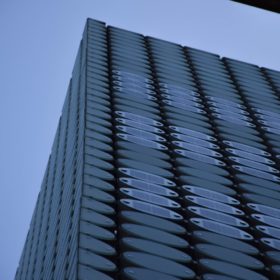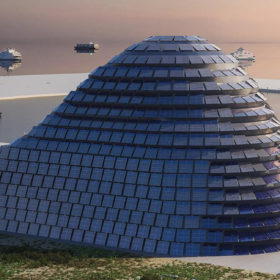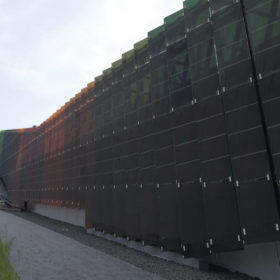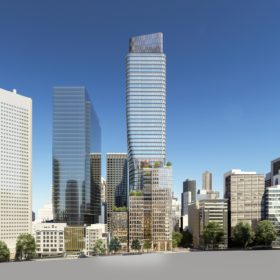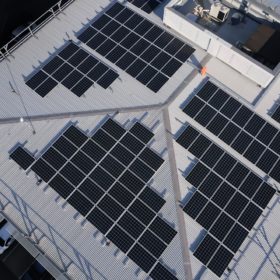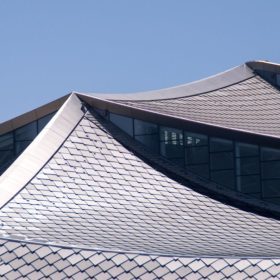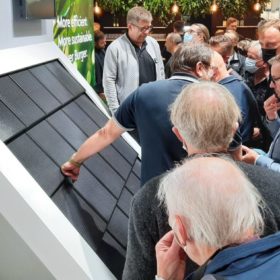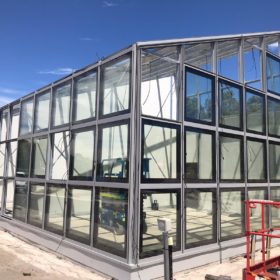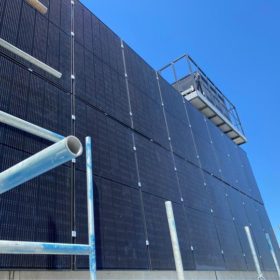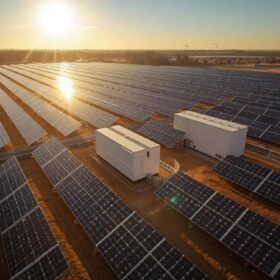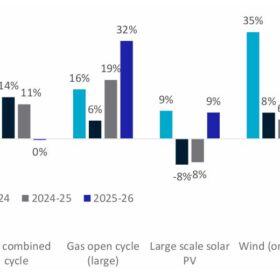Aussie researchers find best BIPV envelope design alternatives
Scientists in Australia have developed an optimisation framework for building-integrated photovoltaics that allows the selection of design variables according to user preferences. Their model considers PV-related features such as tilt angle, window-to-wall ratio (WWR), PV placement, and PV product type, as well as objective functions and constraints such as the net present value and the payback period.
BIPV panels cover an entire building in Taiwan
The Sun Rock building is owned by Taiwan’s power utility Taipower. It was covered with 4,000 square meters of PV panels deployed by Dutch architectural firm MVRDV.
Weekend read: BIPV no refuge
Deployment in the building integrated PV segment is accelerating, and so too are the number of solar products available to architects and developers. And while BIPV had long been the segment in which an array of thin-film technologies could shine, they are now in increasingly stiff competition with crystalline silicon rivals.
‘Solar skin’ planned for $1 billion Melbourne office tower
Australian property investor and developer Cbus Property has revealed plans to clad a $1 billion commercial office tower being developed in Melbourne’s CBD with a ‘solar skin’ capable of generating 20% of the project’s base building electricity requirements.
Melbourne could meet 74% of its electricity needs with solar
Buildings in the City of Melbourne could provide 74% of their own electricity needs if solar technology is fully integrated into roofs, walls and windows, new research from the ARC Centre of Excellence in Exciton Science has found.
Dragonscale solar tiles installed on Google buildings
Some 90,000 individual solar panels will generate enough electricity to cover around 40% of the electricity used in two buildings for Google.
Meyer Burger unveils new solar tiles
Meyer Burger plans to start selling a new building-integrated PV product from 2022. It says the solar tiles have a high energy yield, with simplified installation and the ability to also provide heating. German engineering company paXos designed the tiles.
Australian PV glass developer sets sights on Japanese market
Solar glass developer ClearVue Technologies has once again looked beyond the Western Australia horizon by inking a distribution agreement with Japanese company Tomita Technologies which will see its building integrated PV (BIPV) glazing products sold in Japan.
Melbourne developer unveils Australia’s ‘largest’ vertical solar PV system
Victorian-based property developer Beulah has announced its soon-to-be-completed Paragon tower in the heart of Melbourne will be home to the nation’s largest and most efficient vertical solar PV system.
ClearVue looks to mining sector for BIPV application
West Australian smart solar glass developer ClearVue continues to explore new applications for its building-integrated photovoltaic (BIPV) technology, offering up its solar glass windows to Murdoch University for a research project into near-zero energy transportable mining accommodation.
